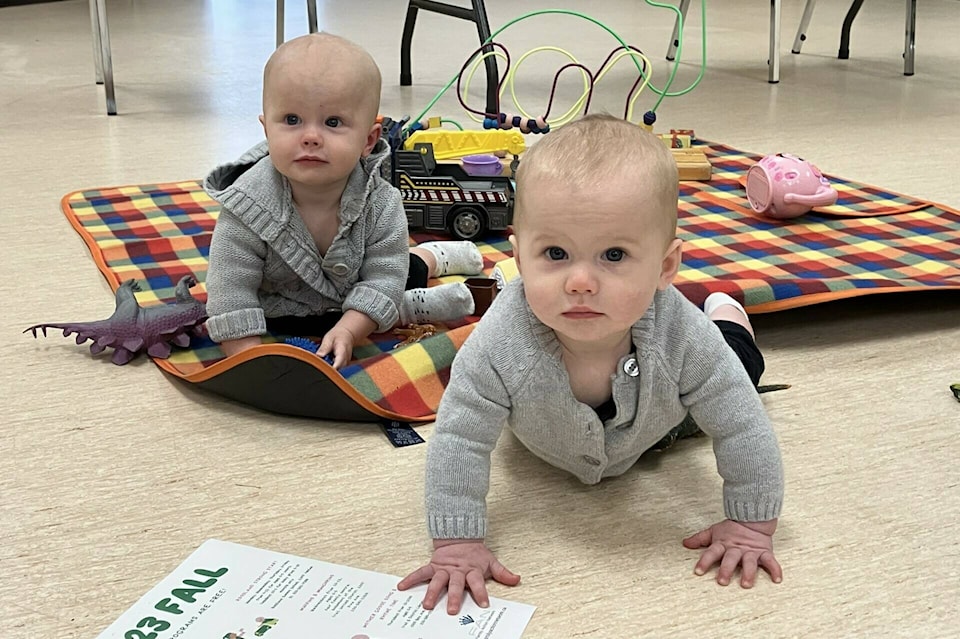Results from the 2023 children’s blood lead testing clinic are in, showing the average blood lead level for children aged six months to three years in Trail and Rivervale is 2.1 micrograms per decilitre (µg/dL) — lower than results from the previous year.
The downward trend continues with the average remaining below 3.0 µg/dL in the past five years: 2.3 µg/dL in 2022; 2.5 µg/dL in 2021; 2.3 µg/dL in 2020; 2.6 µg/dL in 2019; and 2.9 µg/dL in 2018.
“Thank you to all the families that continue to participate in the blood lead testing clinics,” says Trail Mayor Colleen Jones, committee chair, Trail Area Health and Environment Program (THEP).
“We have one of the most robust monitoring programs in the world due to ongoing participation … The city is proud to be a leader and a partner in programs working to improve the health and well-being of our community.”
While participation rates at the voluntary clinics declined during the pandemic, the program reports improved numbers over the last two years.
“Participation in blood lead clinics continues to be important for understanding progress, and continuing to learn, as a community with an operational lead smelter,” notes THEP. “Thank you to all the families for supporting your children’s health and the success of the program.”
The program aims to further reduce children’s blood lead levels by reducing community lead exposure in air, soil, and built environments.
As well, families are encouraged to adopt healthy practices such as handwashing before eating, ensuring an iron rich diet and keeping floors dust-free, to name a few.
The program also connects with community groups to ensure messaging is shared with families and supports get to where they are needed.
“It’s so impressive,” remarks Meghan Morris, THEP public health nurse.
“When I do a follow-up home visit with families after receiving their child’s blood lead results, families have already implemented changes to reduce their child’s exposure.”
Also measurable is ambient air.
The Air Quality Program, delivered by Teck Trail Operations, works to reduce lead in airborne dust.
Levels of lead in community air continue to meet the US Environmental Protection Agency standard (used in the absence of Canadian air quality objectives or standards), Teck reports, adding that the year-to-date average is 0.08 micrograms per cubic metre.
“I’m pleased that the comprehensive controls implemented as part of our Fugitive Dust Reduction Program continue to have a positive influence in the community,” says Dan Bouillon, manager environment, Teck Trail Operations. “And Teck is committed to identifying opportunities for further improvements.”
In the 1990s, the average blood lead level in Trail children was over 14 μg/dL.
For the past five years, the average blood lead level for children 6 to 36 months in Trail has fallen below 3 micrograms per decilitre and the majority of children tested are below the B.C. C.D.C.’s Exposure Investigation Level of 5 ug/dL.
“It is good to see the continual decrease in blood lead values for Trail area children,” says Dr. Karin Goodison, Medical Health Officer, Interior Health.
“Although lead exposure remains higher for children in Trail compared to similar aged children in other parts of Canada and the USA, the gap is narrowing.”
Canadian and U.S. health surveys indicate that the majority of the population has some exposure to lead, however; there is no known safe blood lead level.
Read more: #Local News
The Trail Area Health and Environment Committee is a select committee of Trail city council and includes local government, the community, provincial and local partners.
It was established in 2001 by the Trail Lead Task Force which had conducted research on the issues for 10 years prior.
Its mandate is to be a transparent platform for multi-stakeholder dialogue, collective decision-making and community engagement specific to the program.
